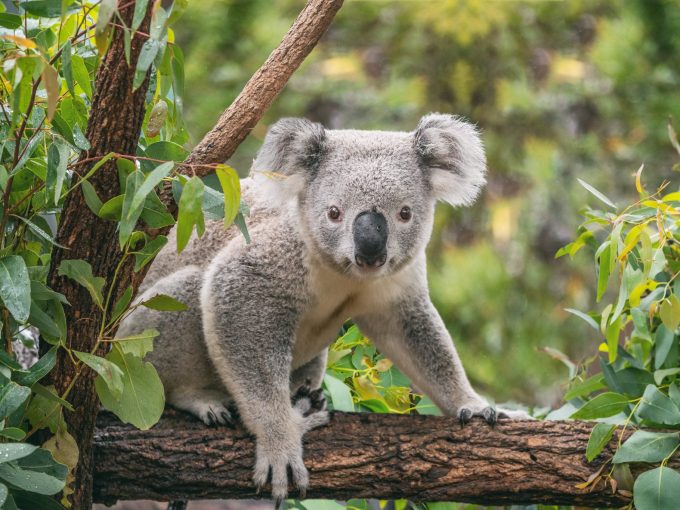 News
News
11 December 2022
Brendan Wintle, The University of Melbourne; Martine Maron, The University of Queensland, and Sarah Bekessy, RMIT University The Albanese government has just released its long-awaited response to a scathing independent review of Australia’s environment protection law. The 2020 review ultimately found the laws were flawed, outdated and, without fundamental reform, would continue to see plants […]
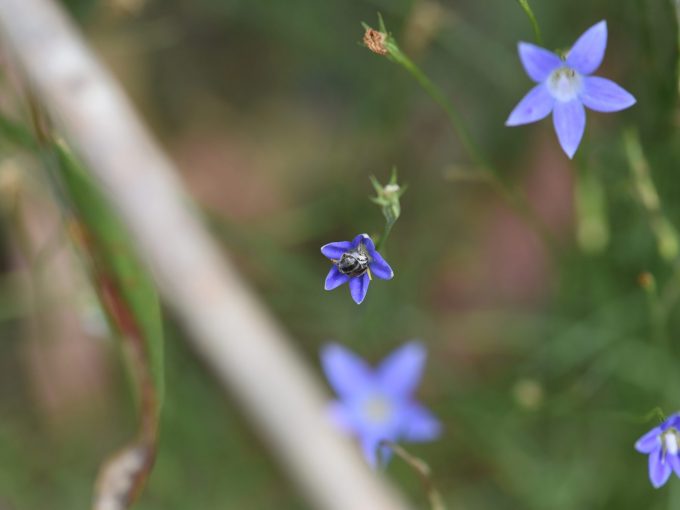 Blog
Blog
19 May 2022
There is a growing understanding that bees are crucial to food security, biodiversity and a healthy environment, but bees are much more than stripey, hive-dwelling, honey-makers. This World Bee Day, open your eyes to the rich world of bees!
 Blog
Blog
27 January 2022
Marco Amati Biological metaphors for the city abound in daily use. You may live close to an “arterial” road or in the “heart” of a metropolis. You may work in one of the city’s “nerve centres” or exercise in a park described as the city’s “lungs”. The ready use of such metaphors indicates an underlying […]
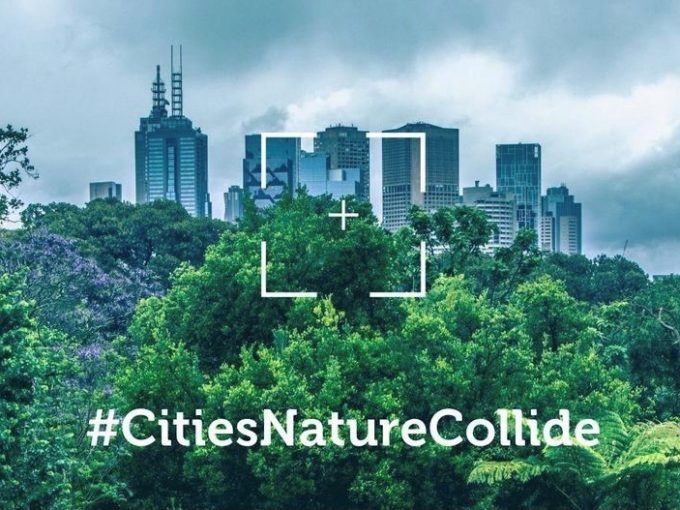 Blog
Blog
07 December 2021
This year, our Urban Futures Photography Competition, sponsored by Villawood Properties, asked entrants to reflect on spaces where nature and cities collide, and how nature benefits the urban environment.
 News
News
24 November 2021
Rachel Morgain, The University of Melbourne; Brendan Wintle, The University of Melbourne; Judy Bush, The University of Melbourne; Michael-Shawn Fletcher, The University of Melbourne, and Thami Croeser, RMIT University Originally published on The Conversation – 25 November 2021 Australia’s plan to reach net zero emissions by 2050 relies heavily on unproven technologies to sequester carbon from the […]
 News
News
30 July 2020
Givers of oxygen, providers of shade and shelters to our native wildlife – reasons to love trees never grows old.
 Blog
Blog
08 April 2020
COVID-19 has taken a devastating toll on humanity, and this is nothing to be celebrated. But as Australians stay at home and our streets fall quiet, let’s consider how wildlife might respond.
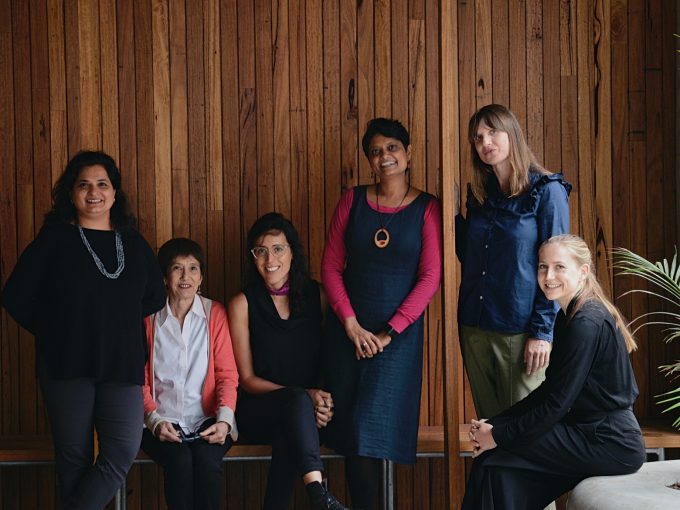 News
News
05 March 2020
As our cities evolve, so too should our approach to building and planning our urban habitats. Here, six RMIT urban researchers share how their work is shaping how we live in our cities and with nature.
 Past Events
Past Events
19 February 2020, 5:30PM-7:00PM
Join RMIT lecturers and researchers to discuss how we can shape the future of our cities
 News
News
28 May 2019
As part of efforts to bring back nature into our cities, researchers are asking people across the globe about their favourite animals to determine which creature is ahead of the pack.
 Blog
Blog
17 May 2019
Some voters heading to the polls this weekend may be casting their ballot with biodiversity in mind, after a major UN report released last week highlighted the global extinction crisis facing more than a million species.
 Blog
Blog
05 April 2019
How do we ensure we have thriving and extensive urban vegetation as our cities develop, consolidate and grow? This is one of the key urban challenges of Australian cities.
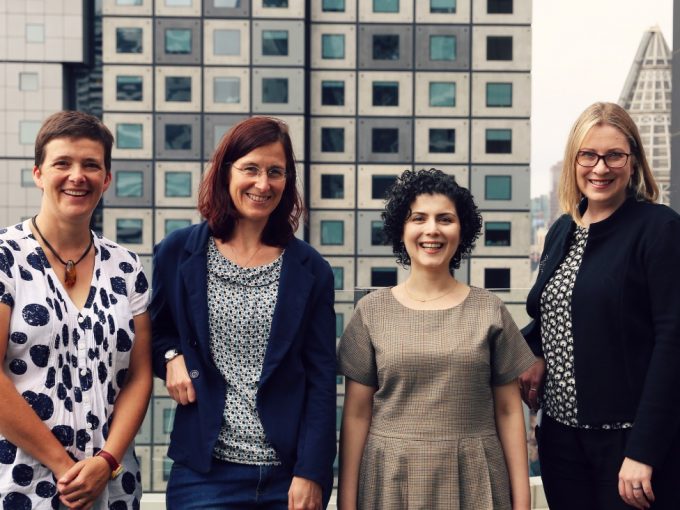 News
News
05 March 2019
As Melbourne grows, we need to better plan how we build healthy, equitable and liveable cities. Here four RMIT researchers talk about how their work is helping deliver better cities.
 Blog
Blog
13 December 2018
It may not look like a pristine expanse of Amazon rainforest, but the patch of bush at the end of the street could be one of the only places on the planet that has a particular species of endangered animal or plant.
 News
News
10 December 2018
Local patches of bushland play a much bigger role in conserving biodiversity and supporting the survival of endangered species than previously thought, according to new research.
 News
News
30 October 2018
Here our experts share everything you need to know about how policymakers can make Melbourne more liveable, improve our liveability, reduce commuter crushes and increase housing affordability.
Policy Brief
This briefing draws upon the expertise of RMIT’s urban greening, biodiversity and liveability research community to inform policy makers and the wider community on the critical opportunities nature-based solutions offer in enhancing liveability.
View Publication
 Blog
Blog
24 October 2018
Aside from benefits for people, cities are often hotspots for threatened species and are justifiable locations for serious investment in nature conservation for its own sake.
 News
News
04 September 2018
The new community initiative Gardens for Wildlife, based on RMIT research, will serve as a role-model across Victoria to encourage gardening to support local wildlife.
 News
News
10 August 2018
Finding ways to conserve and protect heritage assets on privately owned and managed property is an ongoing challenge for policy makers.
 News
News
10 August 2018
Apart from formal parks and gardens, street verges and other planned greenspaces, most cities have pockets of unplanned vegetation and leftover open spaces, including vacant lots, railway verges and drainage channels.